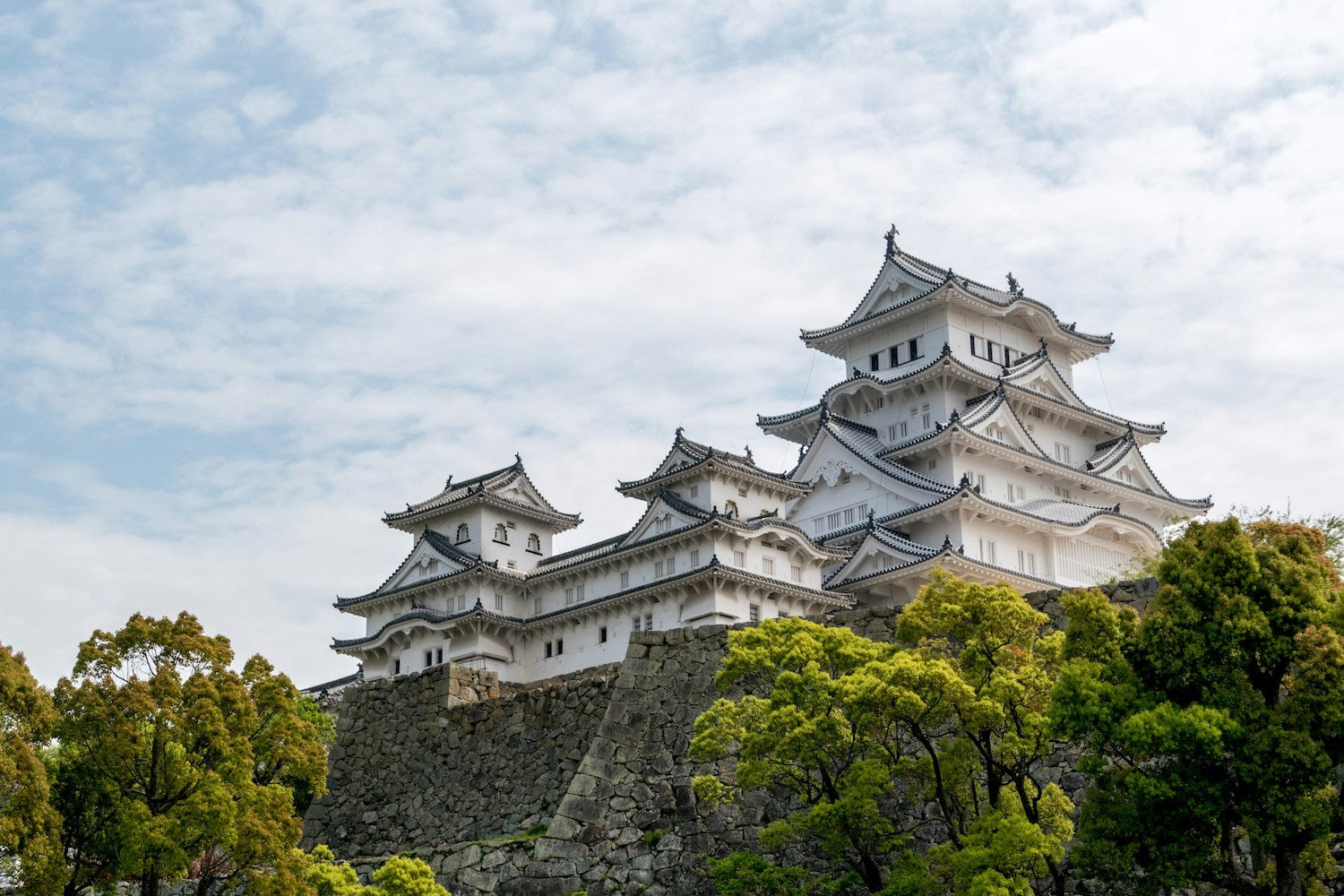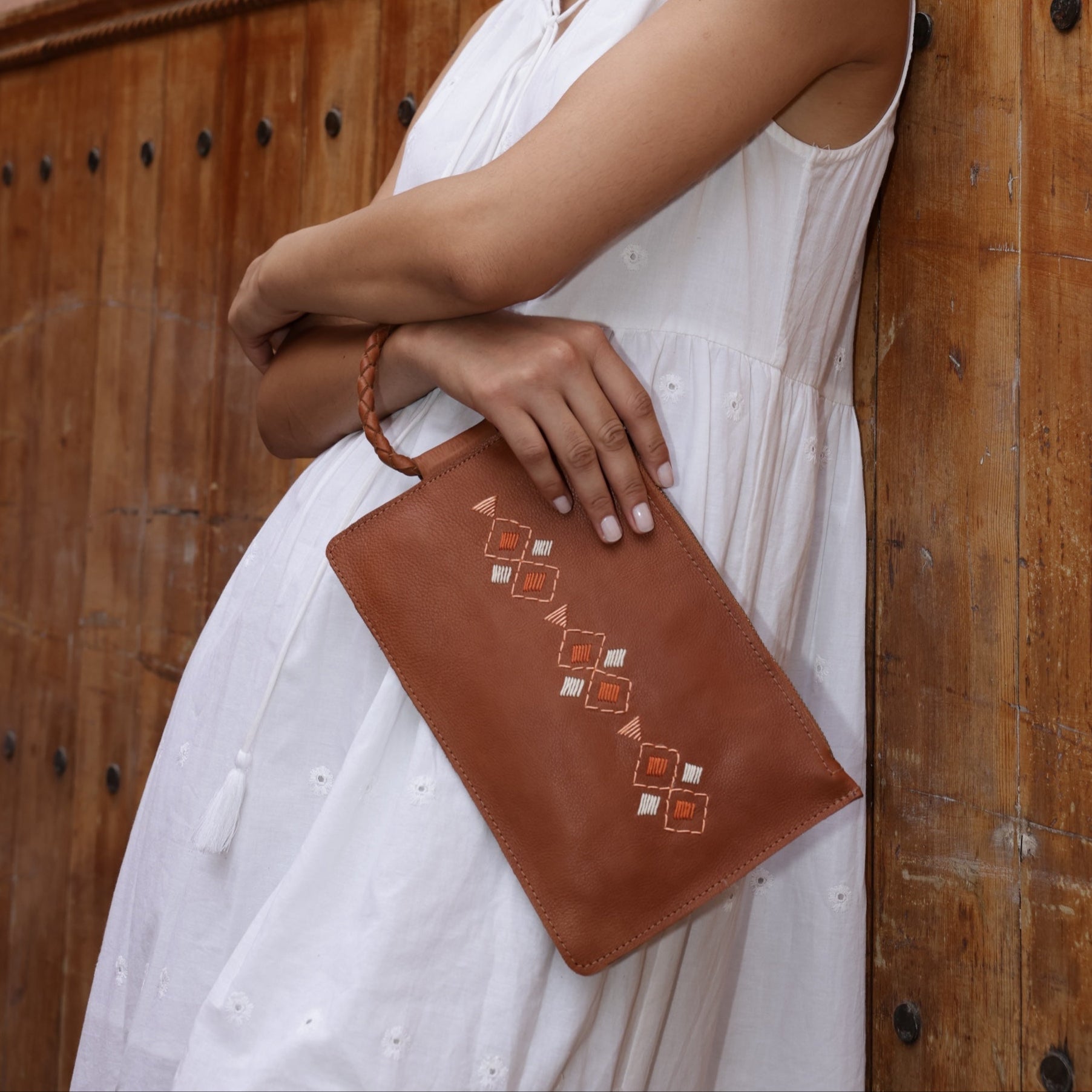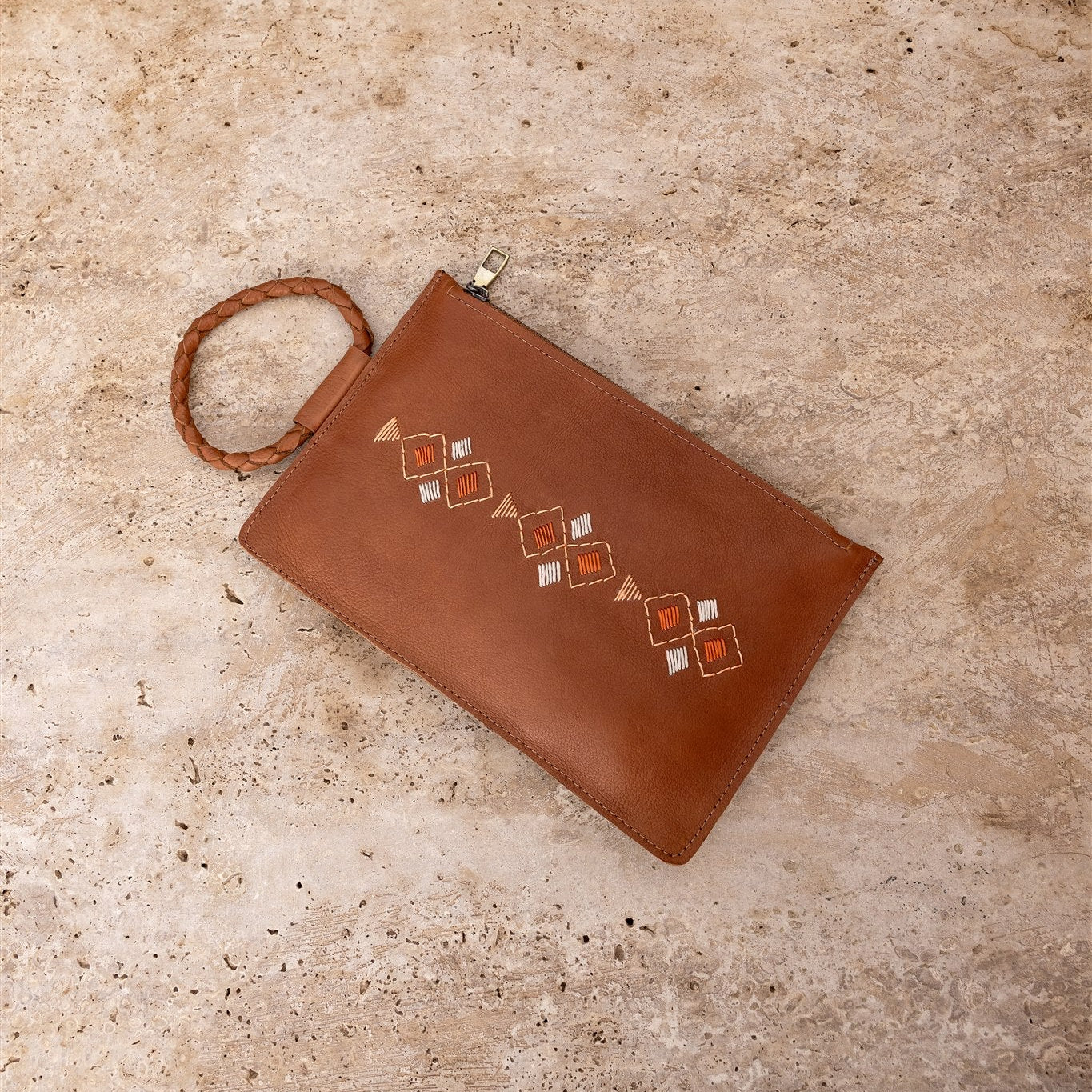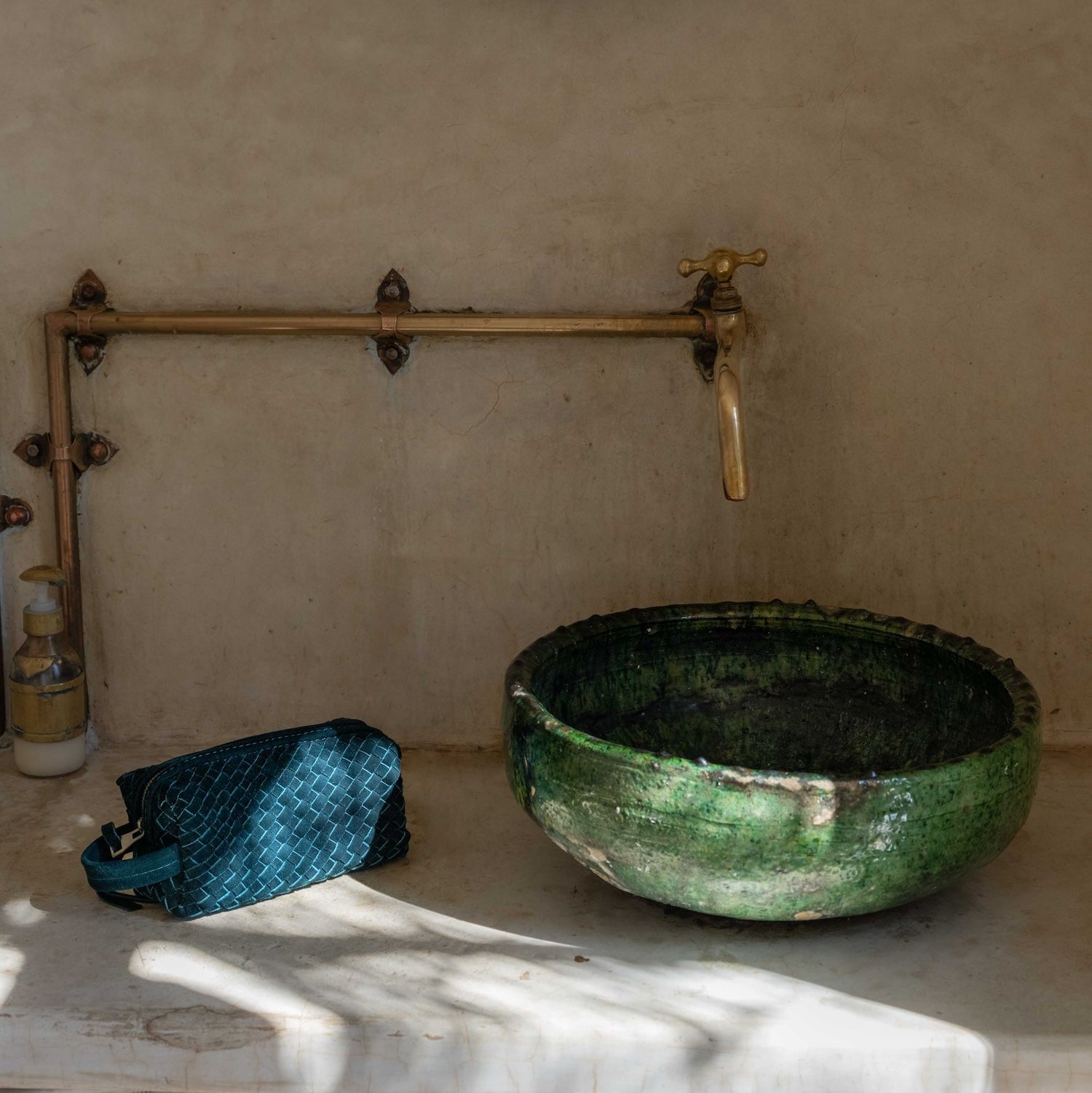One of the highlights of our trip to Japan was getting to learn about the history behind beautiful Himeji leather – known locally as “himekawa”. This fine leather has a long history of meticulous craftsmanship and gets its name from its birthplace: Himeji City, known also for the beautiful Himeji Castle. Interestingly, it was once used for intricate samurai armor and is now a sought after material for premium handbags and designer leather goods.
Hallmarks of Himeji
What makes Himeji leather so unique is its distinctively light color, ranging from pure, bright white to soft, creamy ivory. The chemical-free production process dates back more than 1,000 years. It’s ideal for daily use because while the smooth texture whispers luxury, it’s surprisingly durable and holds up well to wear.
Making the Material
The traditional method of making Himeji leather is a creative process in its own right because each step commands superior attention to detail. The process begins with the careful selection of suitable aged raw hides, which soak in the Ichikawa River for two weeks in the winter when the water reaches its coldest temperatures. Artisans then work the leather with their bare hands using river water, salt and rapeseed oil. Without chemicals, the tanning process takes two to four months and the result is gorgeous.
A Connection to Samurai Heritage
Modern wearers love the durability of Himeji leather but its historical significance is rooted in Japan’s 16th century samurai culture when it was commonly used in the construction of armor. Its ability to withstand wear and tear while remaining lightweight and flexible made it ideal for battle bound warriors, who needed full mobility and reliable protection during combat.
Modern Maker Challenges
Despite its storied past and unmatched quality, Himeji leather production is now a struggling industry. During our travels, we met one leather artisan who estimated that only four remaining people follow the traditional method of tanning. The rise of synthetic, mass-produced materials has hindered demand and threatened the livelihood of traditional leather artisans. The laborious process is less attractive to major manufacturers looking to reduce time and cost.
What We Love Most
Himeji leather embodies the spirit of traditional Japanese craftsmanship. Every piece is a testament to both the skill of the maker and the taste of the wearer – making it perfect for those who value quality and historical meaning. Himeji fashions typically feature intricate, hand painted designs and a signature patina achieved by applying lacquer as a final step. The finished leather is easy to care for and difficult to mark, so it’s the perfect accessory for both rugged adventures and chic city trips.











